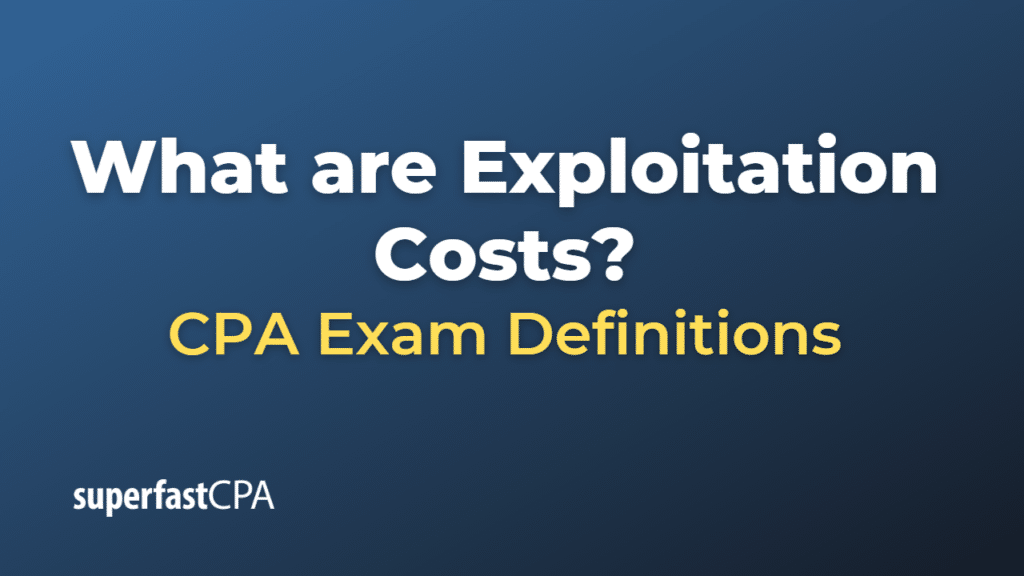Exploitation Costs
Exploitation costs, often referred to in the context of natural resources or similar industries, are costs associated with the extraction and production of a resource. These costs can include equipment and maintenance, labor, transportation, and other direct costs associated with the extraction process.
For instance, in the oil industry, exploitation costs could cover the cost of drilling, pumping, and refining oil, as well as operating the oil wells. These costs can also include the depreciation of the equipment used in the extraction process and the cost of complying with environmental regulations.
Exploitation costs are a crucial component of the overall cost structure of resource-based companies and heavily influence profitability. Understanding these costs can help in decision-making about whether to start, continue, or stop extraction activities based on the current and expected future market prices of the resources.
Remember that the term’s use and meaning can vary depending on the context, so it’s always good to confirm the specific interpretation in your particular situation.
Example of Exploitation Costs
Let’s consider an example in the context of a mining company that extracts gold.
- Equipment and Maintenance: The company uses heavy machinery like excavators and haul trucks for mining. The cost of buying or leasing this equipment, maintaining it, and eventually replacing it forms a significant part of the exploitation cost.
- Labor: The miners who work to extract the gold need to be paid. This labor cost, including any benefits or bonuses, forms part of the exploitation cost.
- Energy: Running the machinery and processing facilities requires energy, which might come from electricity or fuel. The cost of this energy is another part of the exploitation cost.
- Processing: Once the gold ore is extracted, it needs to be processed to separate the gold from other materials. The cost of this process, which can involve crushing the ore, using chemicals to separate the gold, and further refining it, forms part of the exploitation cost.
- Compliance and Rehabilitation: Mining operations need to comply with environmental regulations, which may involve measures to prevent pollution, protect local ecosystems, and rehabilitate the land after mining is completed. The cost of these measures is another part of the exploitation cost.
- Transportation: Once the gold is extracted and processed, it needs to be transported, often to different locations for further refining, manufacturing, or sale. The cost of this transportation is another part of the exploitation cost.
By understanding these exploitation costs, the mining company can estimate the total cost of producing an ounce of gold. This cost is crucial for making decisions, such as setting the sale price of the gold, determining the profitability of the mining operation, or deciding whether or not to extract gold from a particular mine.













